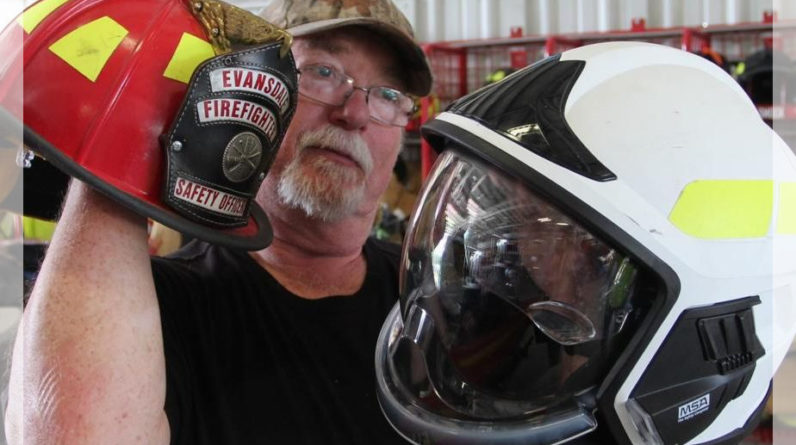
The Dangers of Grease Fires and How They Occur
Cooking causes over 165,000 home structure fires annually and is considered the number one cause of home fires, injuries, and casualties. Of the 165,000 annual cooking fires, they Started with the ignition of food or other cooking materials. Often, the major cause of the fire in the kitchen is the grease which can control with the help of a grease fire extinguisher.

Grease fires are dangerous and can be hard to put out. The best way to stop a grease fire is by using a grease fire extinguisher. This type of fire occurs when cooking oils and fats get too hot. The heat from the oil causes it to ignite, releasing smoke that has toxic gasses in it. Grease fires are hard to put out because they produce an oily substance that makes water difficult to use.
IF A GREASE FIRE STARTS:
- Cover the grease flames with a metal lid or cookie sheet. Leave the cover on until it has cooled.
- Turn off the heat source.
- If it’s small and manageable, pour baking soda on it to smother the fire.
- As a last resort, use a Class B dry chemical fire extinguisher.
- Don’t try to extinguish the fire with water.
- Don’t attempt to move the pan outside.

Don’t use baking powder, flour, or other cooking powders that resemble baking soda or salt. They will make the fire worse. Three out of five non-fatal home cooking fire injuries occurred when the victim tried to fight the fire themselves. The most common injuries were burns to the hands and lower arms.
What to do to extinguish the grease fire?
The best way to stop a grease fire is by using an extinguisher that contains pressurized water or foam. A Class ABC extinguisher is what you will need for this type of fire.
- You and your family must leave as soon as possible to prevent injury or loss of life. Do not try to be a Spider-Man.
- Close all the doors as you leave to help contain the fire.
- Using the firefighter app, call 911 or the rescue 1122 as soon as you are at a safe distance from the fire.
- Before containing the fire by Rescue Team’s firefighters, do not re-enter your home.
Tips to prevent grease fires
To prevent these fires, you should always have a fire extinguisher on hand and ensure your stove is properly vented. You should also keep an eye on cooking surfaces to ensure they don’t get too hot. Grease fires are generally caused by cooking oil or other combustible materials like paper towels, curtains, or clothing. The most common way to extinguish a grease fire is by using a grease fire extinguisher.
Some people use baking soda to put out the fire. But the baking soda will only work if the fire is small and it’s not too hot. If you try this method, get as much baking soda on the flames as possible before they spread. Soak up any remaining liquid with a dry cloth or paper towel, then turn off the stovetop.
- Stay in the kitchen while frying, grilling, boiling, or broiling food. Unattended cooking is the leading cause of fire in the kitchen.
- Do not use the stove or stovetop if you are sleepy or have consumed alcohol.
- Keep anything that can catch fire away from your stove.
- Do not put frozen foods into hot grease. Remove as much moisture as possible from the food before putting it in hot oil.
- Keep the grease at the recommended temperature. If you see any smoke or the oil smells, it indicates it is too hot. Immediately turn off the burner to let it cool down.
- Heat the oil slowly.
- Add food gently to prevent any splatter.
- Keep a lid near the pan you are cooking so it is accessible if a fire starts.
- Keep children away from the stove while cooking.
Grease Fire Extinguisher
Grease fires are the most common type of fire in the kitchen. A dry chemical extinguisher is typically used on Class A and Class B fires, which are flammable and combustible liquids. The dry chemical will smother the flames by removing oxygen from the area around it. This type of extinguisher is not recommended for a grease fire because it will foam up and spread the burning oil around, potentially making matters worse.

A wet chemical extinguisher is typically used on Class B fires only because it has a higher water content than a dry agent and will cool down hot surfaces.

Hi, I am John Smit a Captain in Fire Department City of Newyork with over years of experience in the field of Firefighting and HSE. My passion for fire safety started when I was a young boy and witnessed a neighbor’s house go up in flames along with precious lives. Since then, I had dedicated my life to ensuring the safety of buildings, properties, and individuals in case of a fire and medical emergencies.






